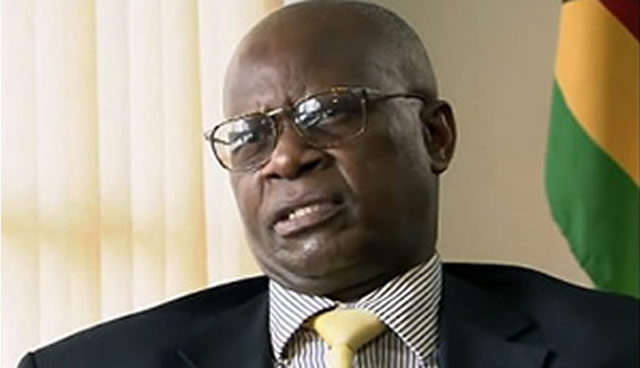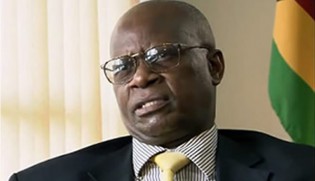Trade deficit soars

Business Editor
THE country’s trade deficit in the year to November rose US$3,89 billion as industrial activity remains low with most manufacturing companies now resorting to importing rather than endure the high cost of production. In the eleven months, according to the latest trade data from Zimstat, the country imported products worth US$7,15 billion dominated by fuel, fertilizers, second-hand car imports and textiles.
Exports were at US$3,25 billion of mainly minerals and tobacco. South Africa remained the country’s largest trading partner with imports of US$3,4 billion and exports of US$2,43 billion
In the 2014 National Budget, imports were projected at US$7,6 billion for the full year against exports of US$4,4 billion. Next year, the figures are expected to widen further to US$8,3 billion imports and US$5 billion exports.
According to economists, trade is one of the two main transmission channels through which global developments influence economic performance in the country. The second transmission is capital.
No improvement in the trade deficit is anticipated in the short to medium term as industry continues to be under-capitalised and concerns over the attraction of Zimbabwe as a predictable foreign direct investment destination. The lack of FDI in itself is a problem as any measures to finance the trade gap are unsustainably reliant on foreign capital.
Zimbabwe’s low sovereign risk rating is blocking the flow of capital into the economy as potential financiers remain skeptical of providing long-term funding for the economy. Analysts say if the country is open to foreign capital, and will be a reliable guarantor of property rights, foreign capital would flood into Zimbabwe.
There would be plenty of money available to meet the growing import bill as a result. The economy has become a high cost producer mainly because wages are rising faster than productivity while at the same time machinery and most production processes are outdated. .
But the export problem stretches back considerably further. Volumes have essentially declined or stagnated since the mid-2000s. Economists say weak exports are symptomatic of much more serious competitive problems for the country.
Productivity in the country has declined, condemning the industries to weak income growth in the manufacturing sector. Economic analysts say prominence should be given to the establishment of production facilities that enable the country to weave its own cotton into finished shirts, process its tobacco into cigarettes, polish its own diamonds and beneficiate them into high value jewellery, and also refine its own platinum, among other possibilities which can be explored to add value to primary products.
Presenting the 2014 National Budget Finance and Economic Development Minister Patrick Chinamasa said Government would introduce protectionist measures to guard against continued flooding of cheap imports.
“Short-term protectionist measures can lead to short-term gains at the expense of the medium-term recovery. The effectiveness of such measures could also be affected by the lack of capacity,” he said.
Part of the protectionist measures included a hike in duty for 22 products to levels of around 40 percent from between five and 15 percent.
The goods are dairy products, wheelbarrows, plastic products such as buckets and plates, PVC pipes and steel products which include cast iron pots and galvanised steel sheets.
To encourage productivity and competitiveness of local products, Minister Chinamasa scrapped duty on raw materials for a number of sectors such as dairy, rubber, clothing and textile.
Local industry productivity has not only been hit by cheap imports but by shortage of working capital for retooling, with industry experts estimating that US$2 billion is required for that purpose.











Comments